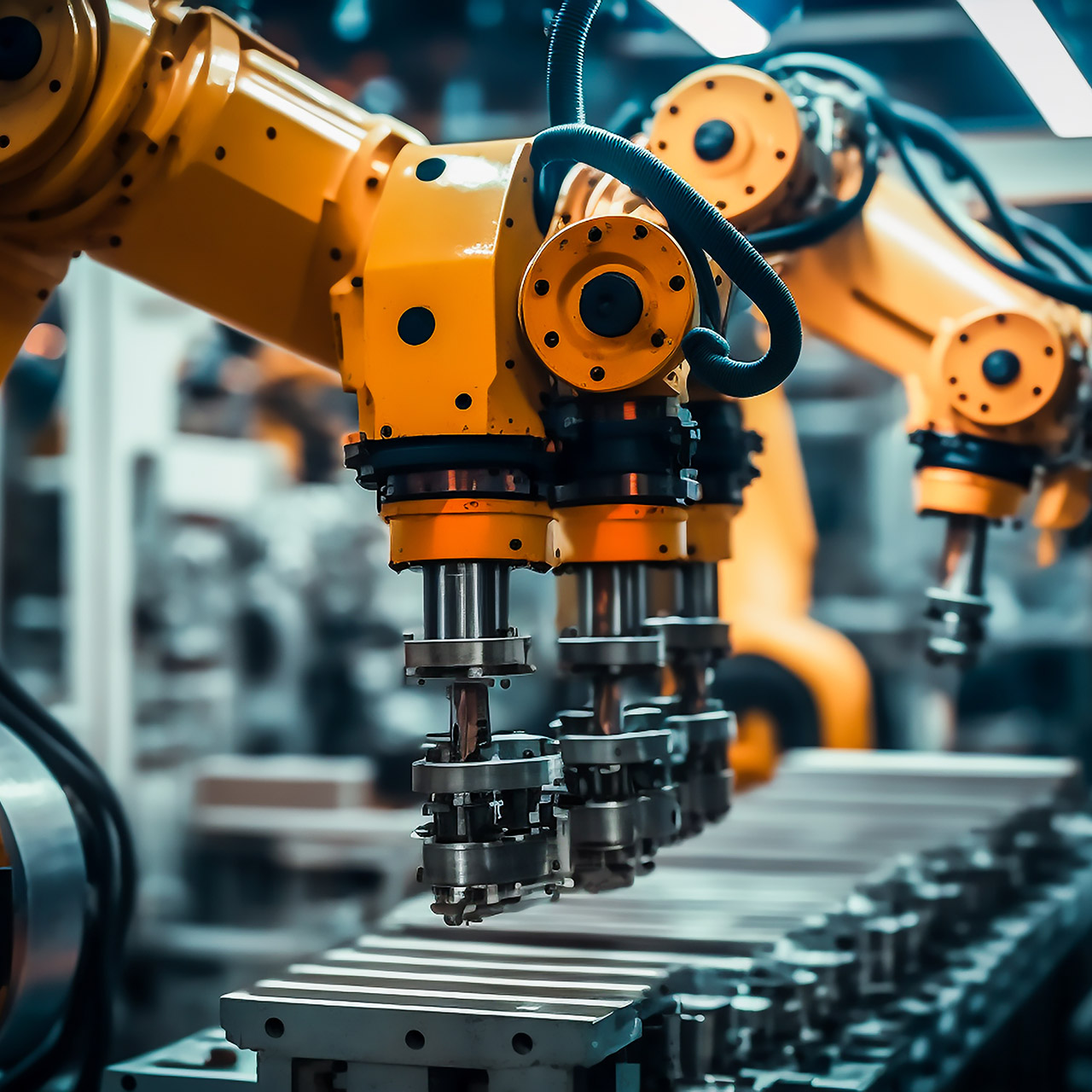In the year ahead, technology continues to play a crucial role in driving growth, enhancing productivity, and ensuring competitiveness in industrial and ETO manufacturing. As we look at 2024 and beyond, manufacturers are embracing innovative solutions to modernize their operations, address labor shortages, fortify cybersecurity defenses, and leverage the power of artificial intelligence (AI). Let’s take a look at the top tech trends that will dominate manufacturing in 2024.
Tech Modernization: Unlocking Efficiency and Scalability
Manufacturers are increasingly recognizing the importance of tech modernization. Updating outdated technologies and adopting cloud-based solutions is paramount in maximizing resource utilization and scaling your operations for the future. Cloud platforms like Microsoft Dynamics 365 Finance and Supply Chain Management enable seamless collaboration, ensure flexibility, and facilitate real-time access to critical data for better decision-making. Technologies like Internet of Things (IoT) and machine learning are also gaining ground, as they empower manufacturers to streamline processes, reduce downtime, enhance quality control, and automate routine tasks.
Embracing Artificial Intelligence (AI) for Enhanced Efficiency
Artificial intelligence has emerged as a game-changer for the manufacturing industry. While many are still exploring real-life use cases, others are utilizing AI-powered systems and algorithms to optimize production planning, improve demand forecasting, automate inventory management, and enhance product quality control. By analyzing vast amounts of data and uncovering valuable insights, AI boasts identifying inefficiencies, mitigating risks, and aiding in data-driven decision making. Manufacturers are keeping AI as a consideration while selecting new Enterprise Resource Planning (ERP) systems, recognizing its potential in driving operational excellence.
Bolstering Cybersecurity Measures: Protecting Supply Chains
With increasing interconnectedness across supply chain partners, cybersecurity risks have become a significant concern for manufacturers. The threat posed by digital terrorists and cybercriminals is persistent and ever-evolving. In 2024, equipment manufacturers will continue to prioritize cybersecurity measures to safeguard critical data, intellectual property, and maintain continuous operations. Implementing robust cybersecurity frameworks, leveraging encryption technologies, conducting regular vulnerability scans, and investing in employee education and awareness programs will be key strategies to mitigate risks and protect their supply chains.
Addressing Skilled Labor Shortages through Technological Advancements
Manufacturers are grappling with the challenge of skilled labor shortages. To fill these gaps, technology is playing a leading role. Some are investing in automation technologies such as collaborative robots (cobots), augmented reality (AR), and virtual reality (VR) to augment human capabilities and improve workforce efficiency. By automating repetitive tasks, providing on-the-job training through AR and VR, and using predictive analytics for workforce planning, manufacturers are helping address labor shortages and improve productivity.
As manufacturing organizations plan for 2024 and beyond, leveraging the latest tech trends will help them remain competitive, drive innovation, and overcome industry challenges. Tech modernization, harnessing the power of AI, shoring up cybersecurity defenses, and addressing labor gaps through innovative solutions are the four key areas that manufacturers should focus on in 2024.
By embracing these trends, you can be better prepared to handle what is thrown at the supply chain. Contact the Sikich experts today to see how you can leverage these critical technologies.
This publication contains general information only and Sikich is not, by means of this publication, rendering accounting, business, financial, investment, legal, tax, or any other professional advice or services. This publication is not a substitute for such professional advice or services, nor should you use it as a basis for any decision, action or omission that may affect you or your business. Before making any decision, taking any action or omitting an action that may affect you or your business, you should consult a qualified professional advisor. In addition, this publication may contain certain content generated by an artificial intelligence (AI) language model. You acknowledge that Sikich shall not be responsible for any loss sustained by you or any person who relies on this publication.








